The 2026 FIFA World Cup will be the biggest event in the tournament’s history, not only because it will include 48 teams for the first time, but also because it will be co-hosted by three countries: the United States, Canada, and Mexico. The tournament will start on June 11, 2026, in the reconstructed Estadio Azteca in Mexico City and end on July 19, 2026, with the final at MetLife Stadium in New Jersey.
The revised structure has 12 groups of four teams each. The top two teams from each group, together with the eight best third-place finishers, will advance to a 32-team knockout stage, with 104 matches split over 16 host cities.
United States: Eleven Cities, Diverse Architectural Landscapes
1. New York/New Jersey – MetLife Stadium
Located in East Rutherford, New Jersey, MetLife Stadium is set to host the World Cup final on July 19, 2026. With its imposing steel-and-glass structure, it offers a modular design that accommodates over 82,000 spectators and sits at the heart of a major transportation corridor.

2. Dallas – AT&T Stadium
AT&T Stadium in Arlington, Texas, boasts a retractable roof and a capacity expandable to over 100,000 spectators. Designed by HKS Architects, the stadium is an engineering marvel, with one of the world’s largest domed structures and a retractable roof. Its scalability and interior LED technology exemplify adaptive stadium design.
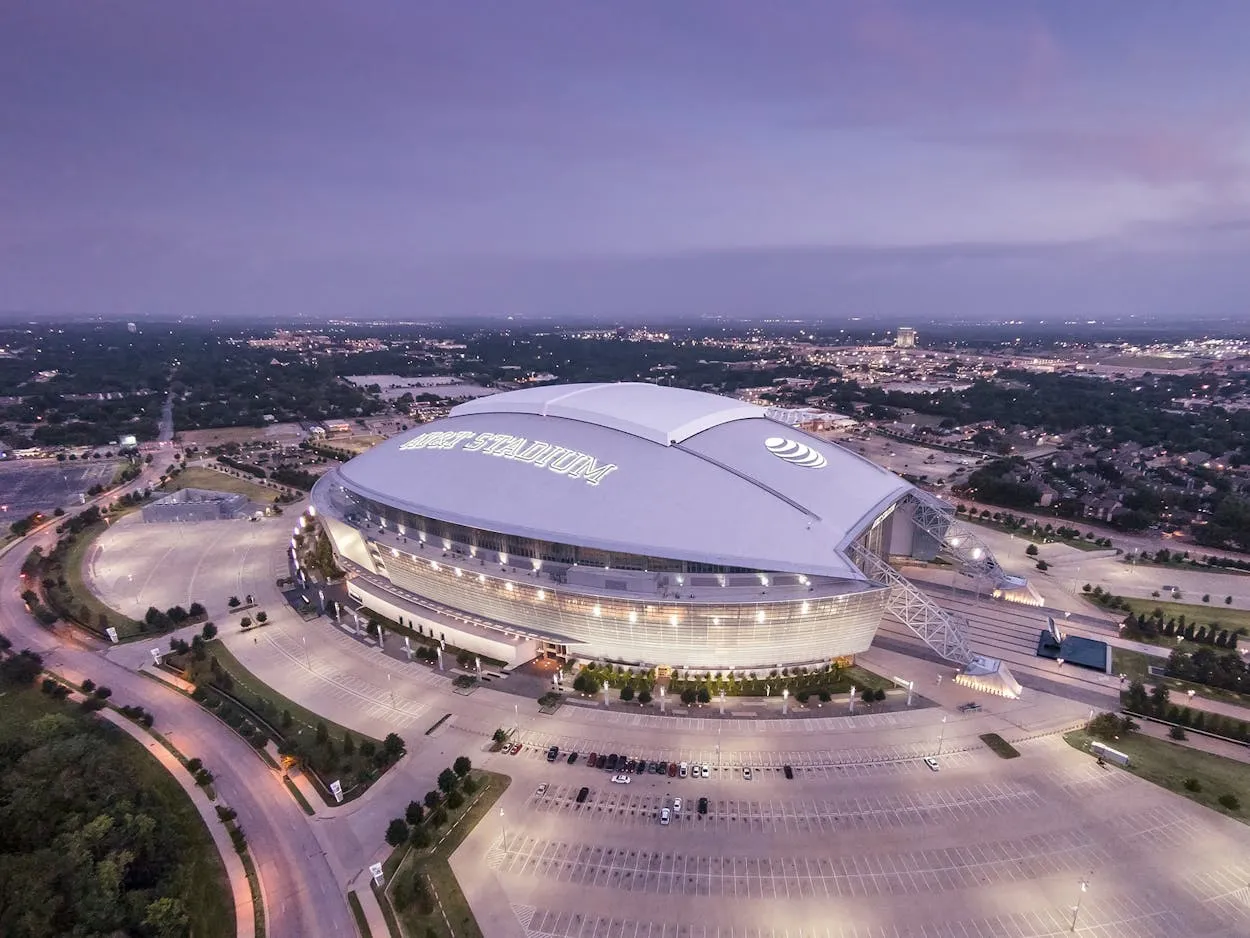
3. Atlanta – Mercedes-Benz Stadium
This stadium sets the standard for environmentally friendly sports design by including solar panels, water conservation technology, and a retractable, petal-like roof. It will hold eight matches, including a semifinal.
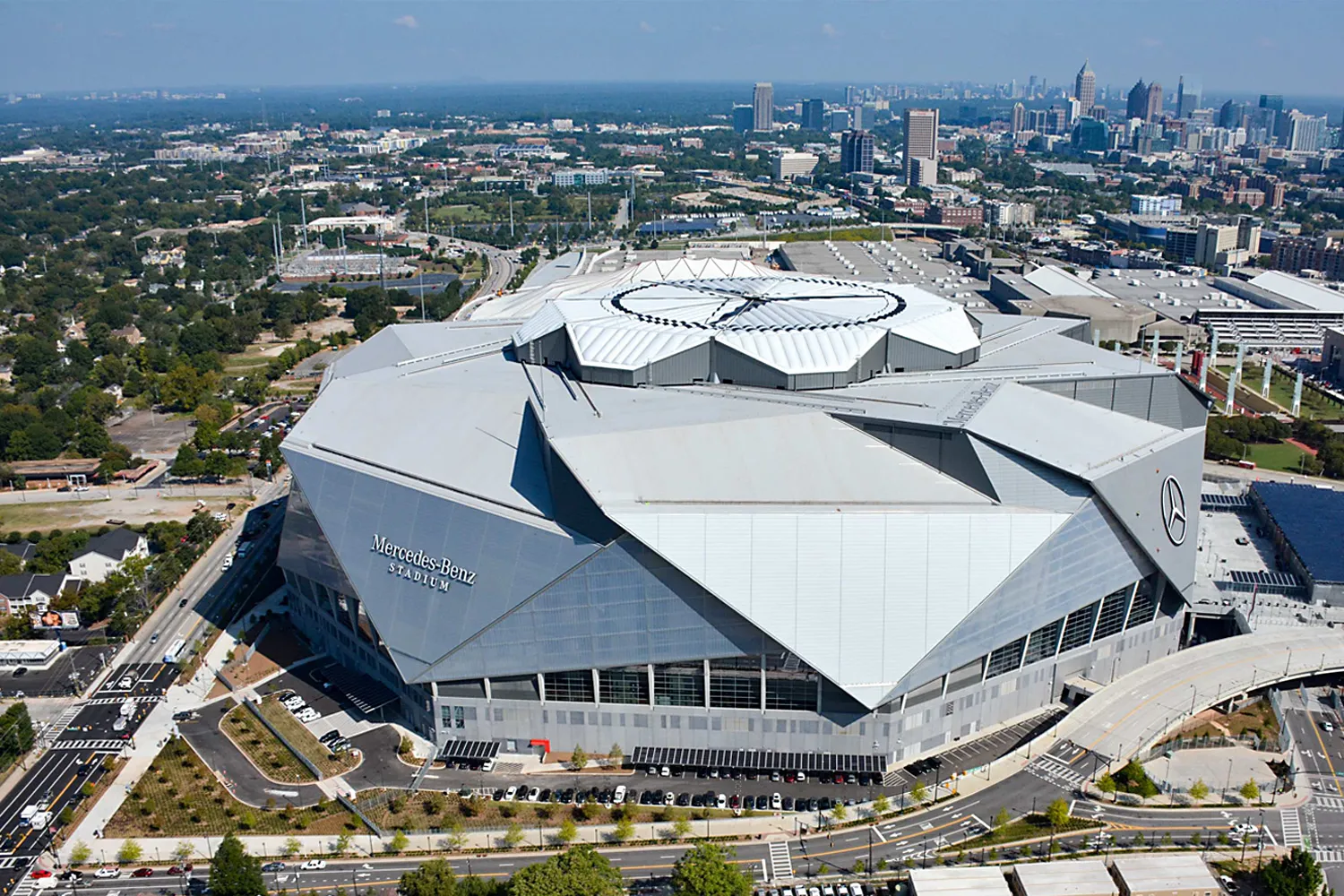
4. Los Angeles – SoFi Stadium
A tech-forward venue with open-air circulation and a canopy that filters natural light, SoFi Stadium is redefining the fan experience while maintaining LEED Gold certification standards.

5. Miami – Hard Rock Stadium
This venue underwent a significant redesign, introducing a shade canopy and upgraded premium seating. Its layered design supports diverse use cases while emphasizing climate responsiveness.
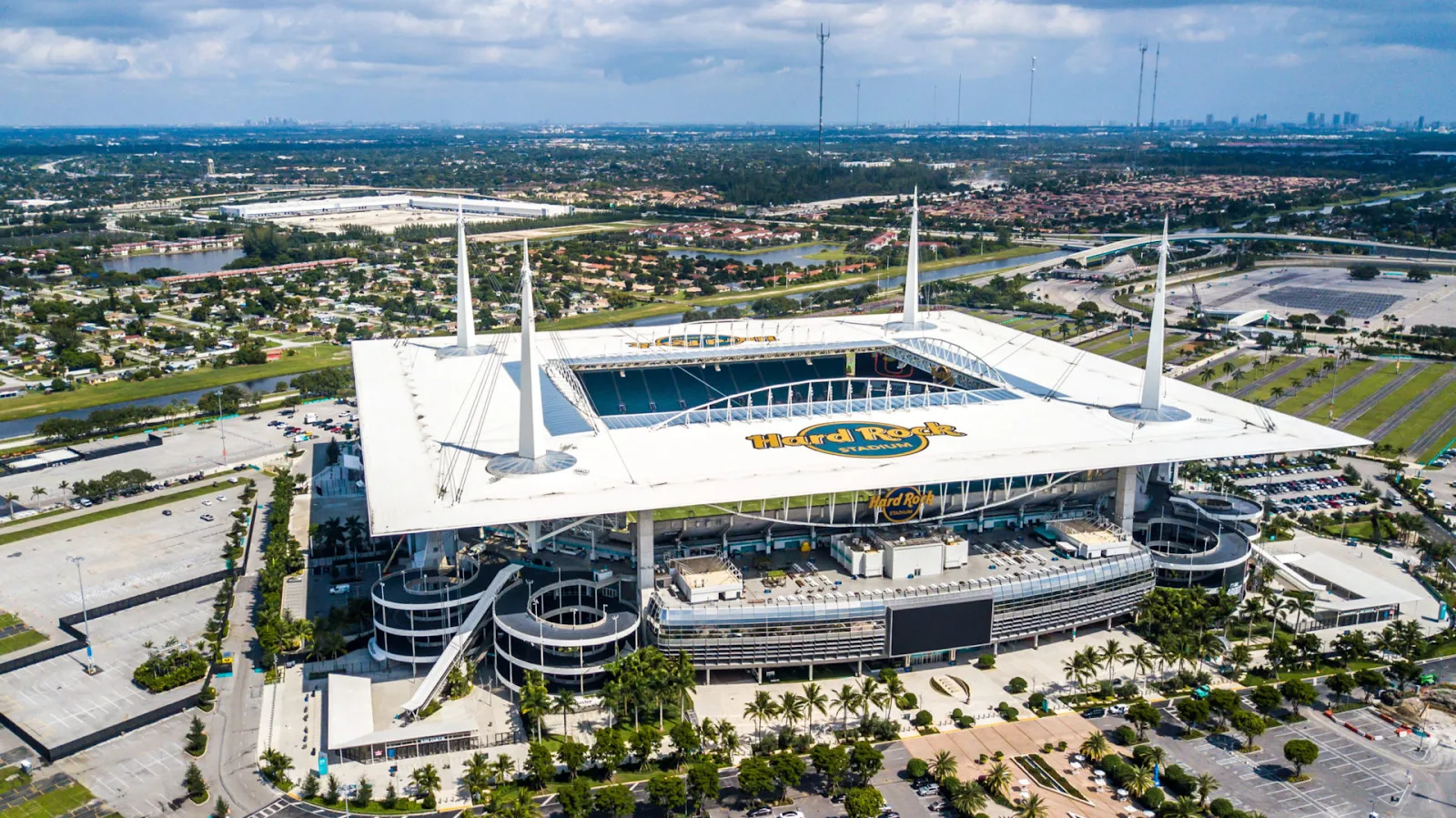
6. Seattle – Lumen Field
Originally designed for intimacy and crowd acoustics, Lumen Field is receiving key upgrades like natural turf to meet FIFA requirements. Its roof structure provides partial coverage while framing city views.
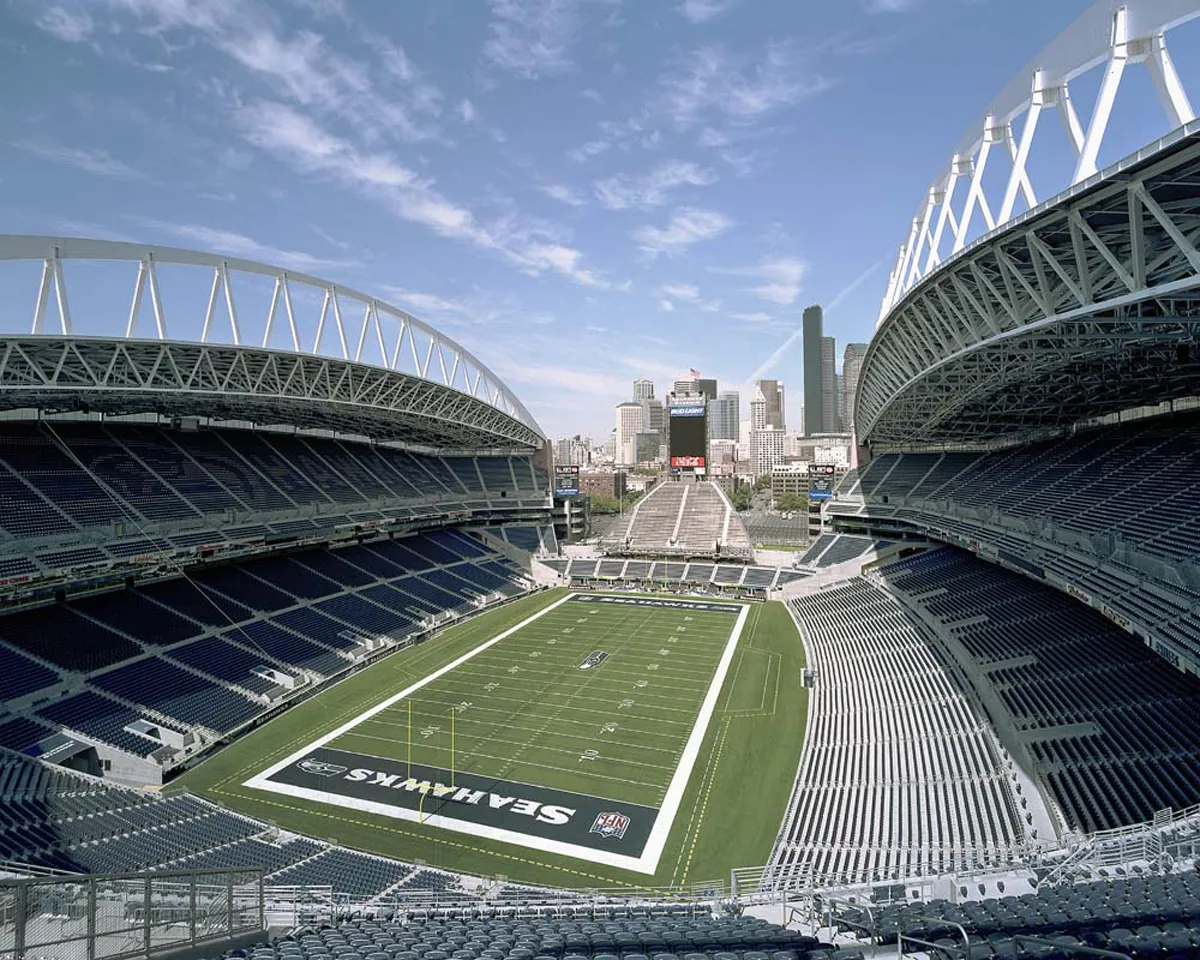
7. San Francisco Bay Area – Levi’s Stadium
An early adopter of green stadium design, Levi’s Stadium features photovoltaic panels, a green roof, and public transit integration, a model of ecological and logistical foresight.
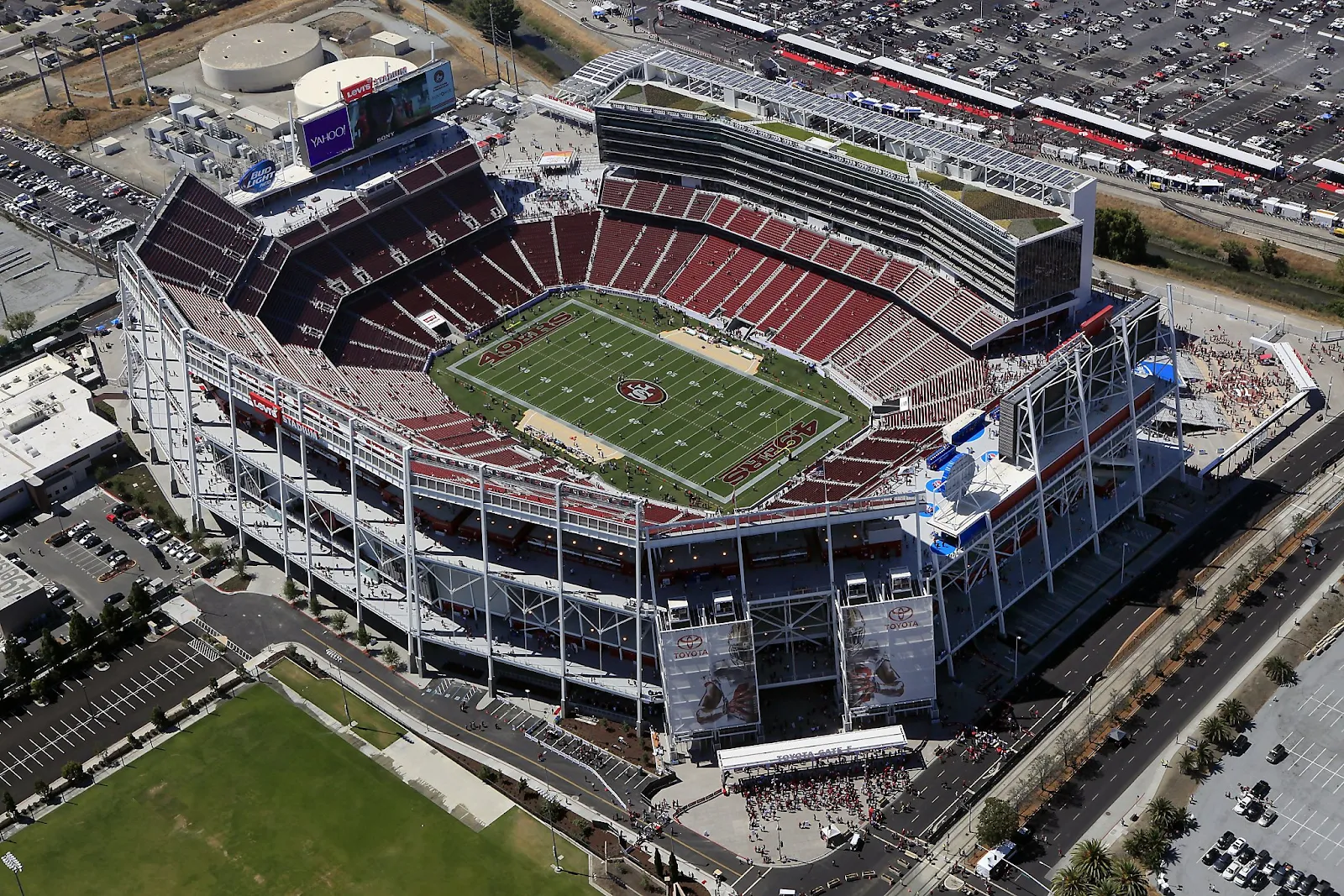
8. Houston – NRG Stadium
With its retractable roof and multipurpose configuration, NRG Stadium illustrates how architectural flexibility can accommodate everything from NFL games to international fixtures.
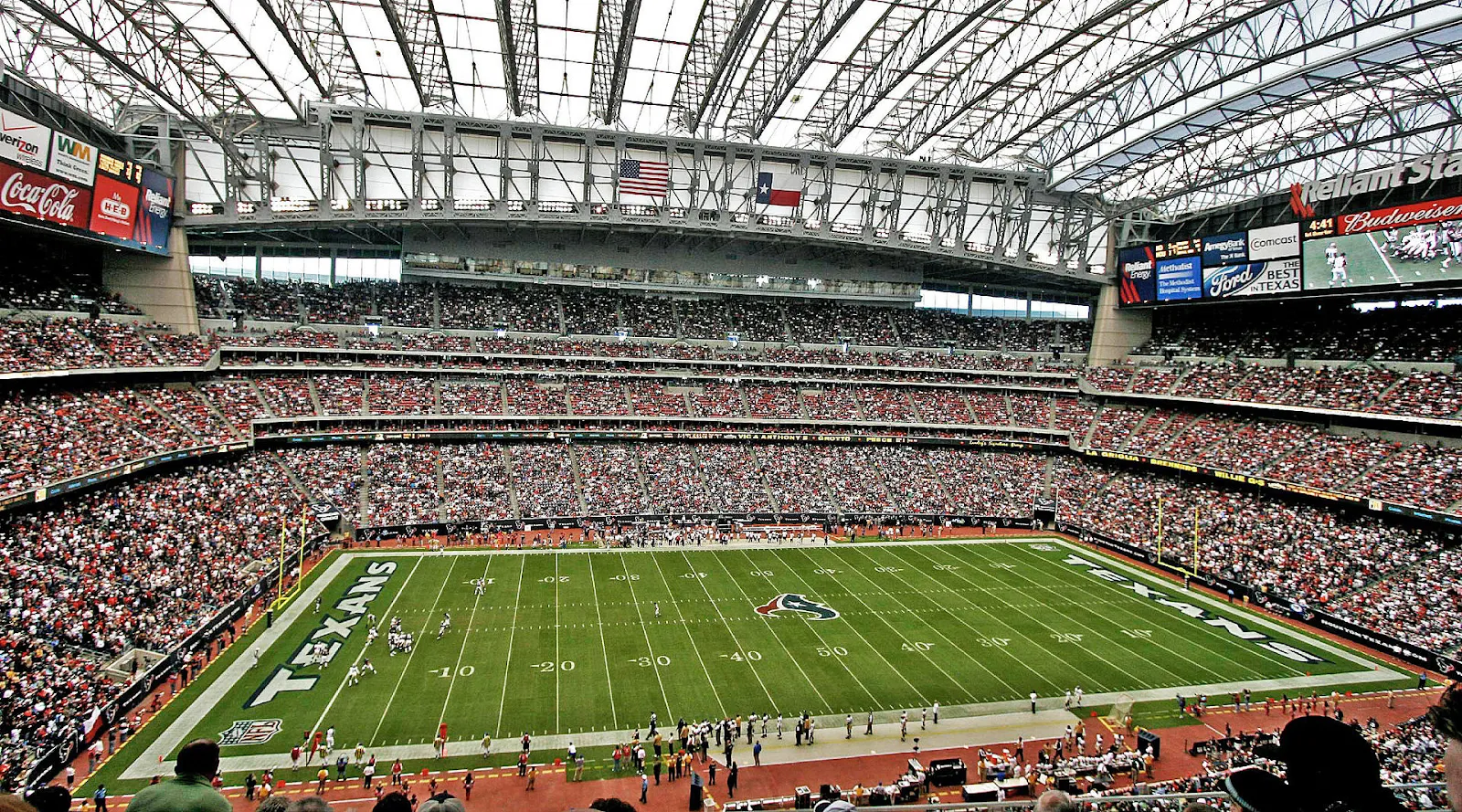
9. Kansas City – Arrowhead Stadium
Known for its iconic bowl layout and intense crowd energy, Arrowhead is being modernized to align with FIFA’s technical specifications without losing its historic essence.
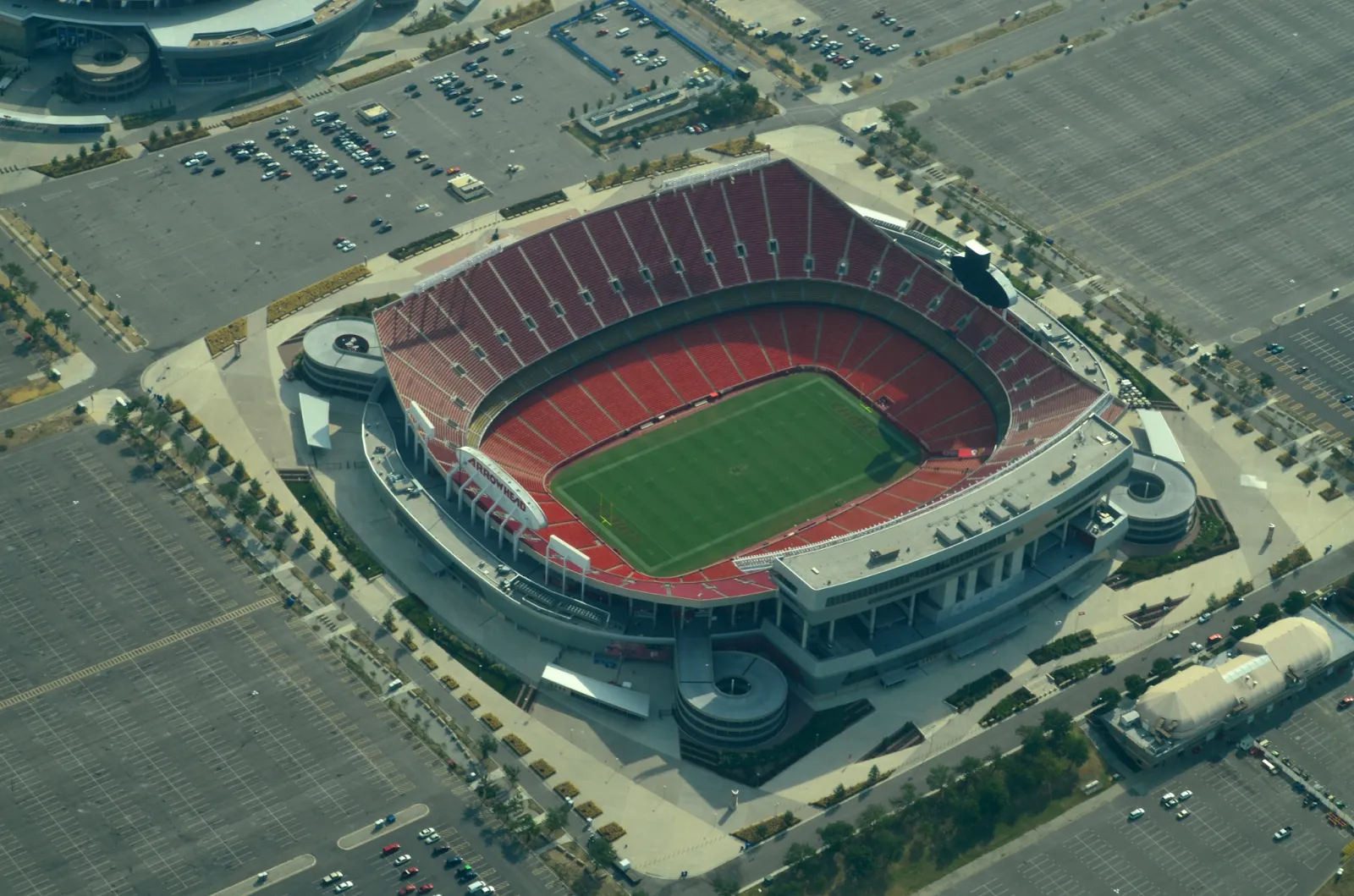
10. Boston – Gillette Stadium
Blending traditional New England aesthetics with contemporary materials, Gillette is upgrading seating, lighting, and field systems to meet World Cup standards.
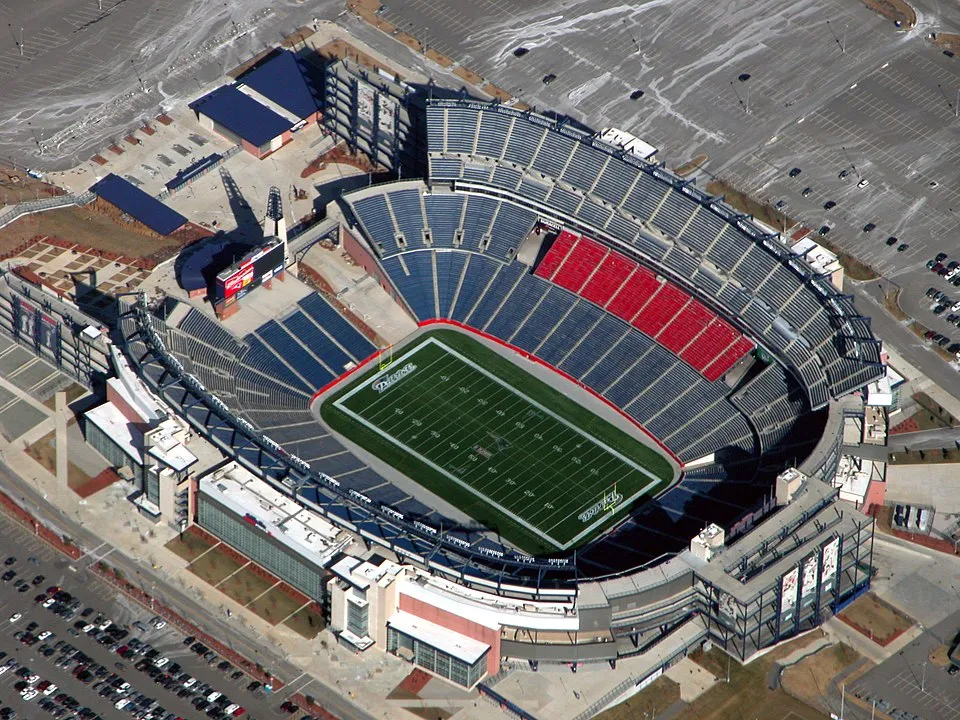
11. Philadelphia – Lincoln Financial Field
A pioneer in green building among U.S. stadiums, it incorporates solar arrays, wind turbines, and reclaimed water systems, an early example of sustainability in major sports architecture.
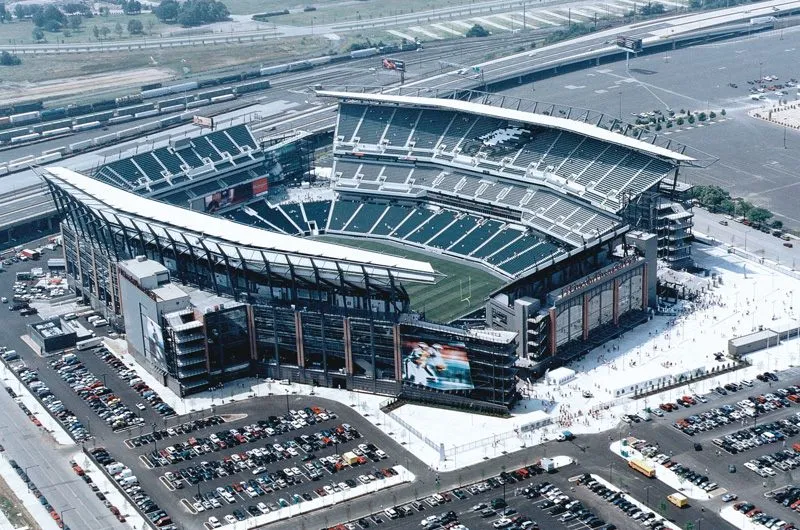
Mexico: Three Cities with Rich Football Heritage
1. Mexico City – Estadio Azteca
One of football’s most storied venues, Azteca is undergoing a major overhaul, including facade enhancements, modern seating, and digital infrastructure to serve as the opening-match host.
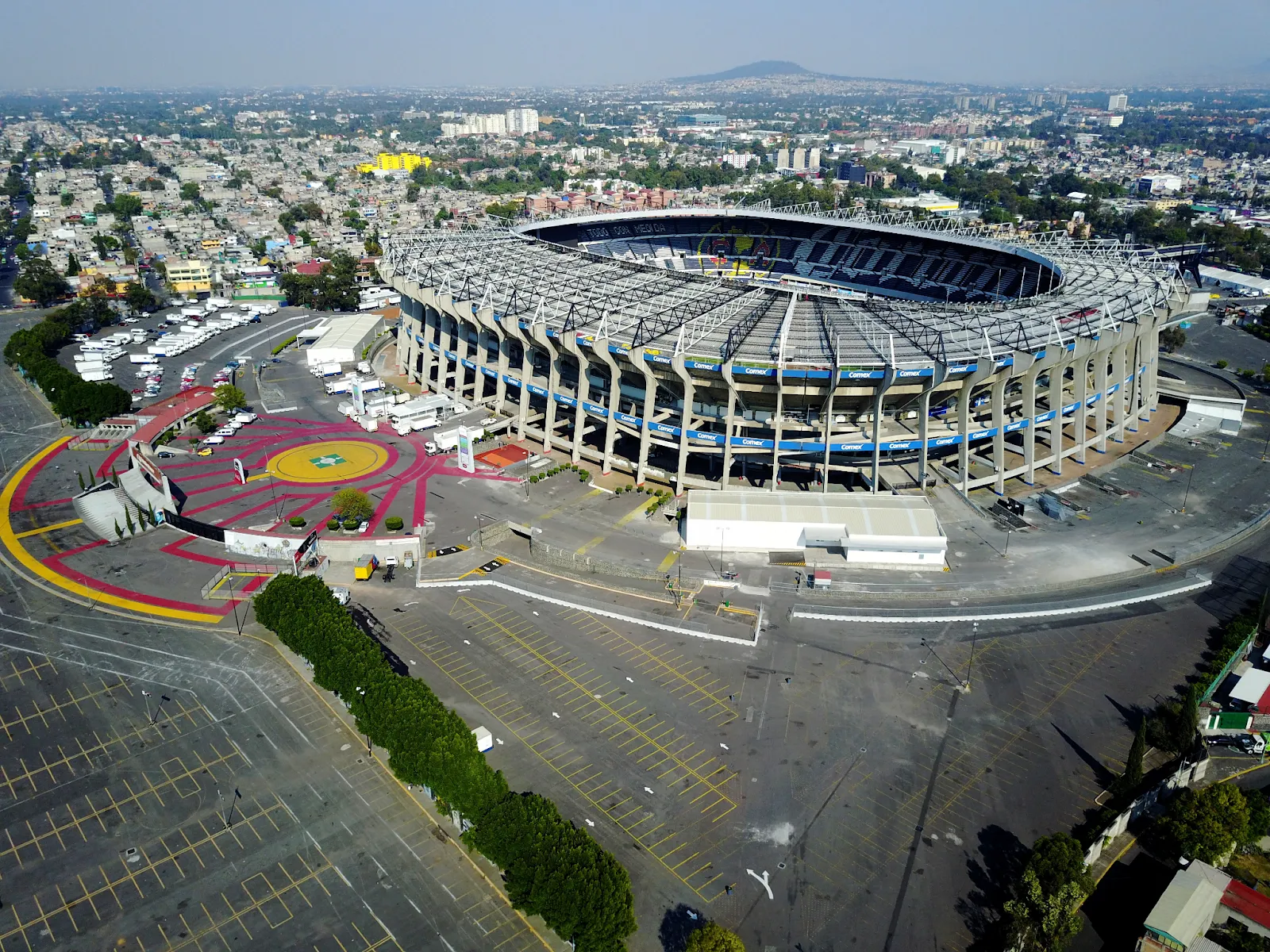
2. Guadalajara – Estadio Akron
In the local terrain, Estadio Akron uses fluid lines and open curves to echo the surrounding landscape, blending aesthetic modernism with ecological sensitivity.

3. Monterrey – Estadio BBVA
Set against a mountain backdrop, Estadio BBVA employs clean geometry and natural ventilation. It’s among the most acclaimed contemporary stadiums in Latin America.
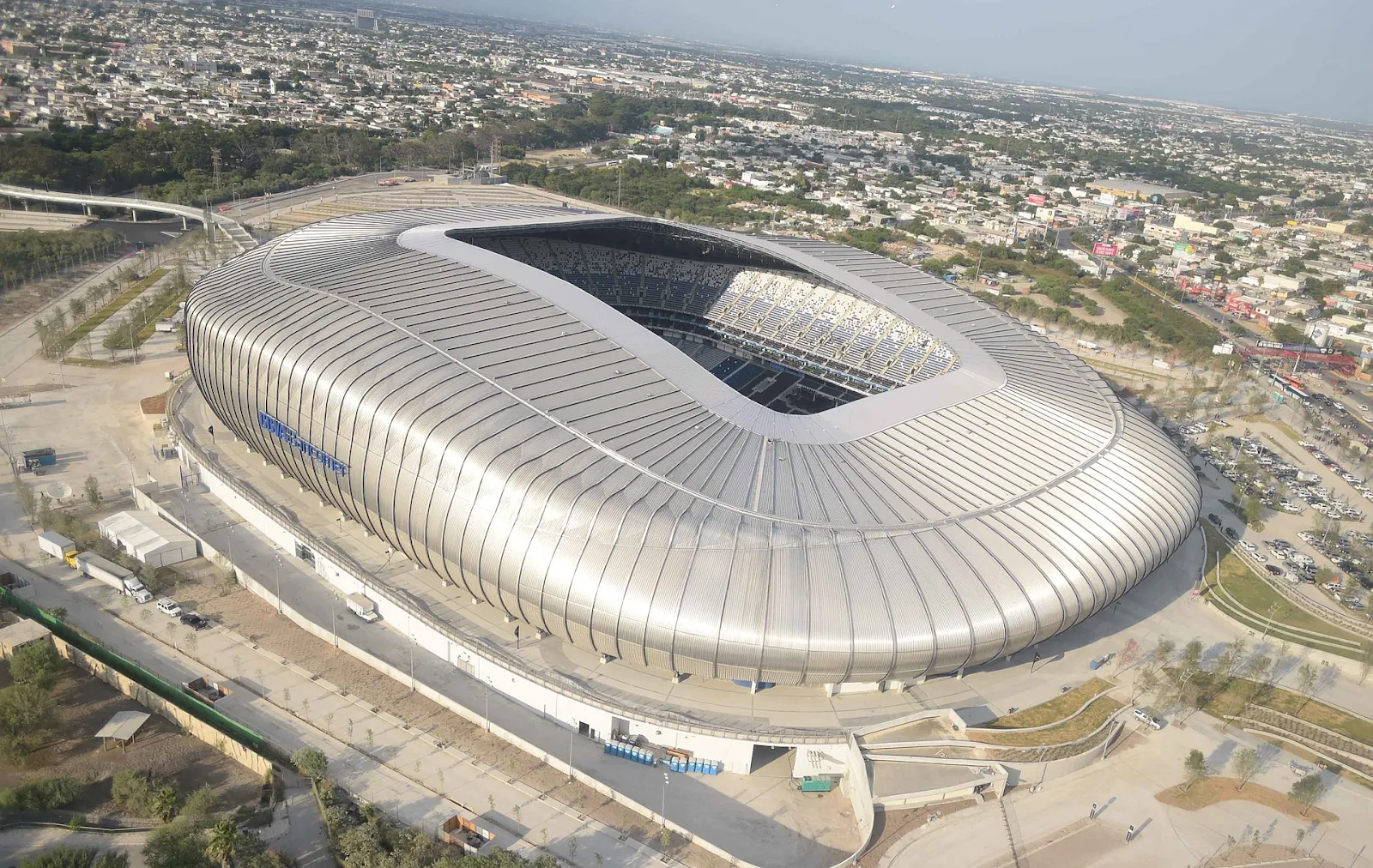
Canada: Two Cities Showcasing Modern Stadium Design
1. Toronto – BMO Field
Currently undergoing expansion, BMO Field focuses on fan proximity and a strong visual connection to downtown Toronto. The design balances intimacy with modular scalability.

2. Vancouver – BC Place
With its retractable fabric roof and cable-supported structure, BC Place offers a dramatic yet energy-efficient venue. The interior’s translucent roof bathes the stadium in daylight.
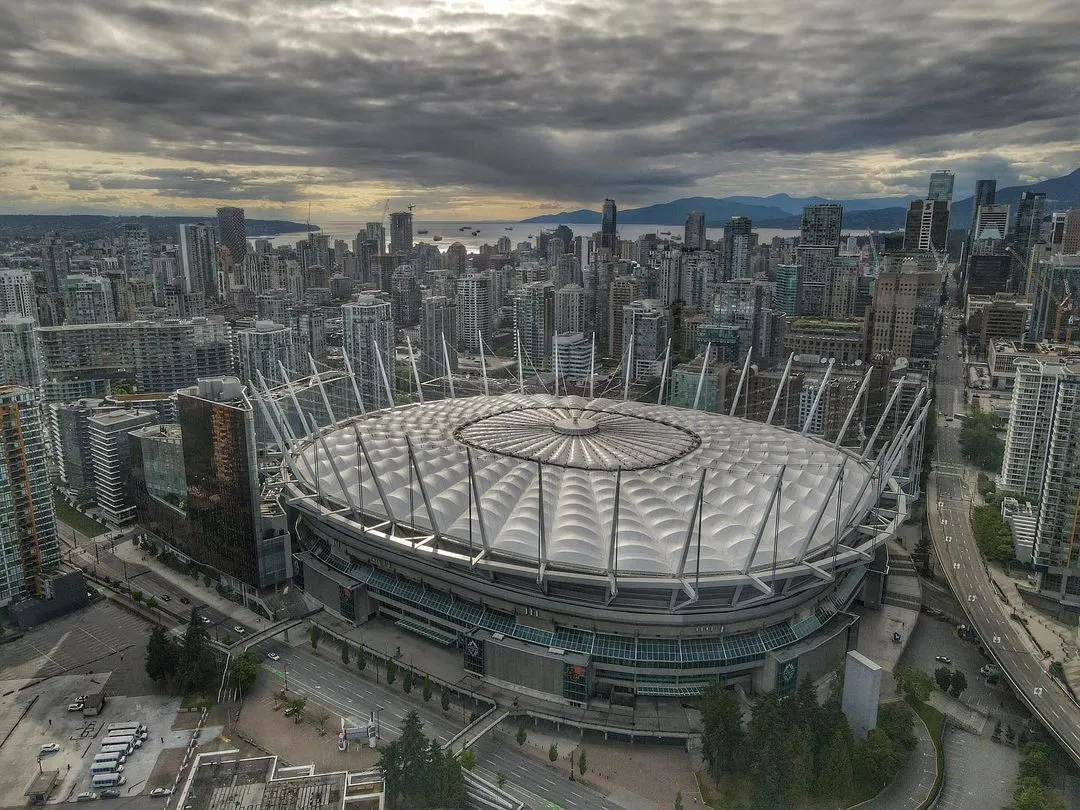
To explore full match schedules, stadium updates, and city-specific developments for the FIFA World Cup 2026, visit fifa.com




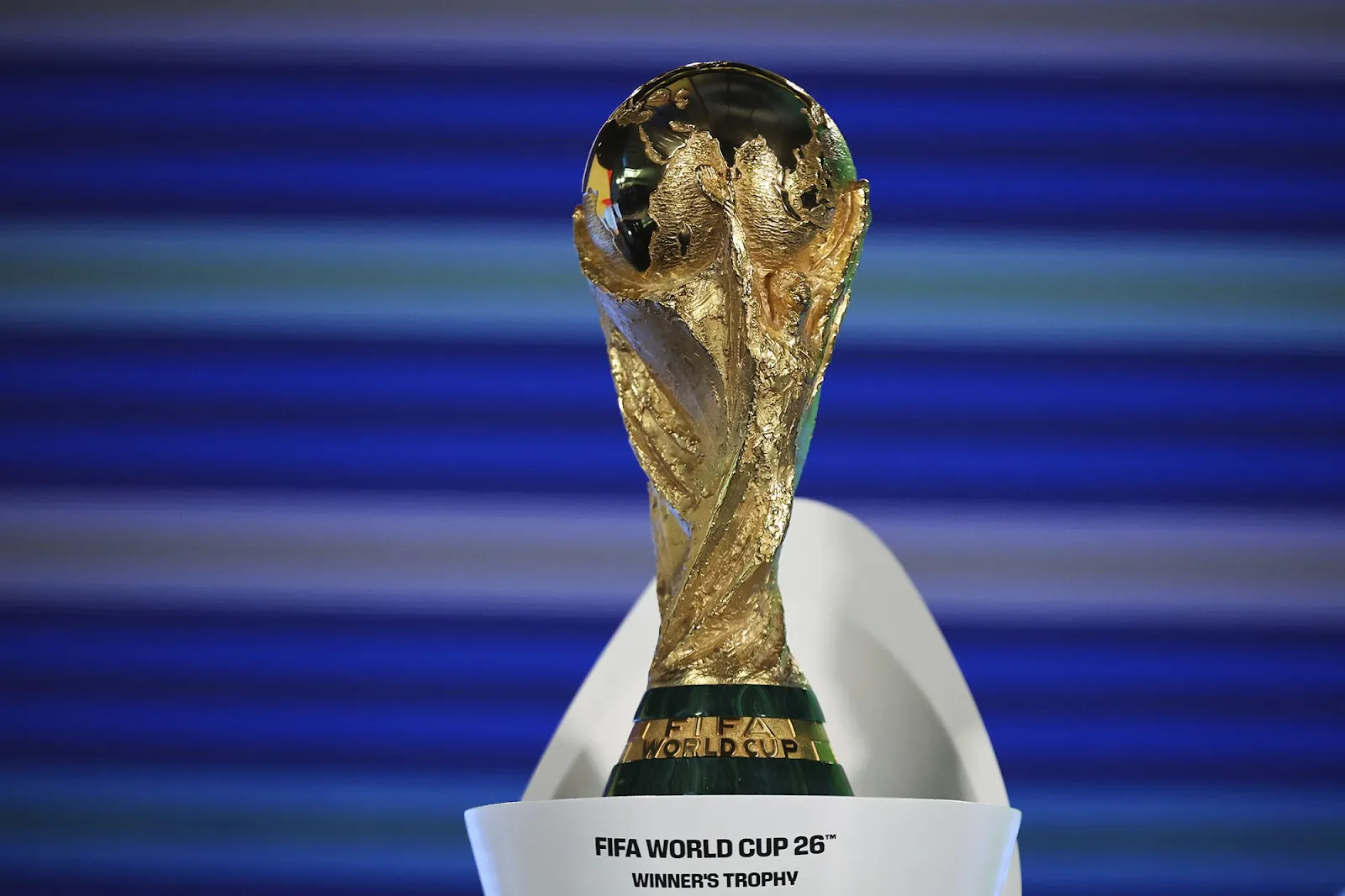

















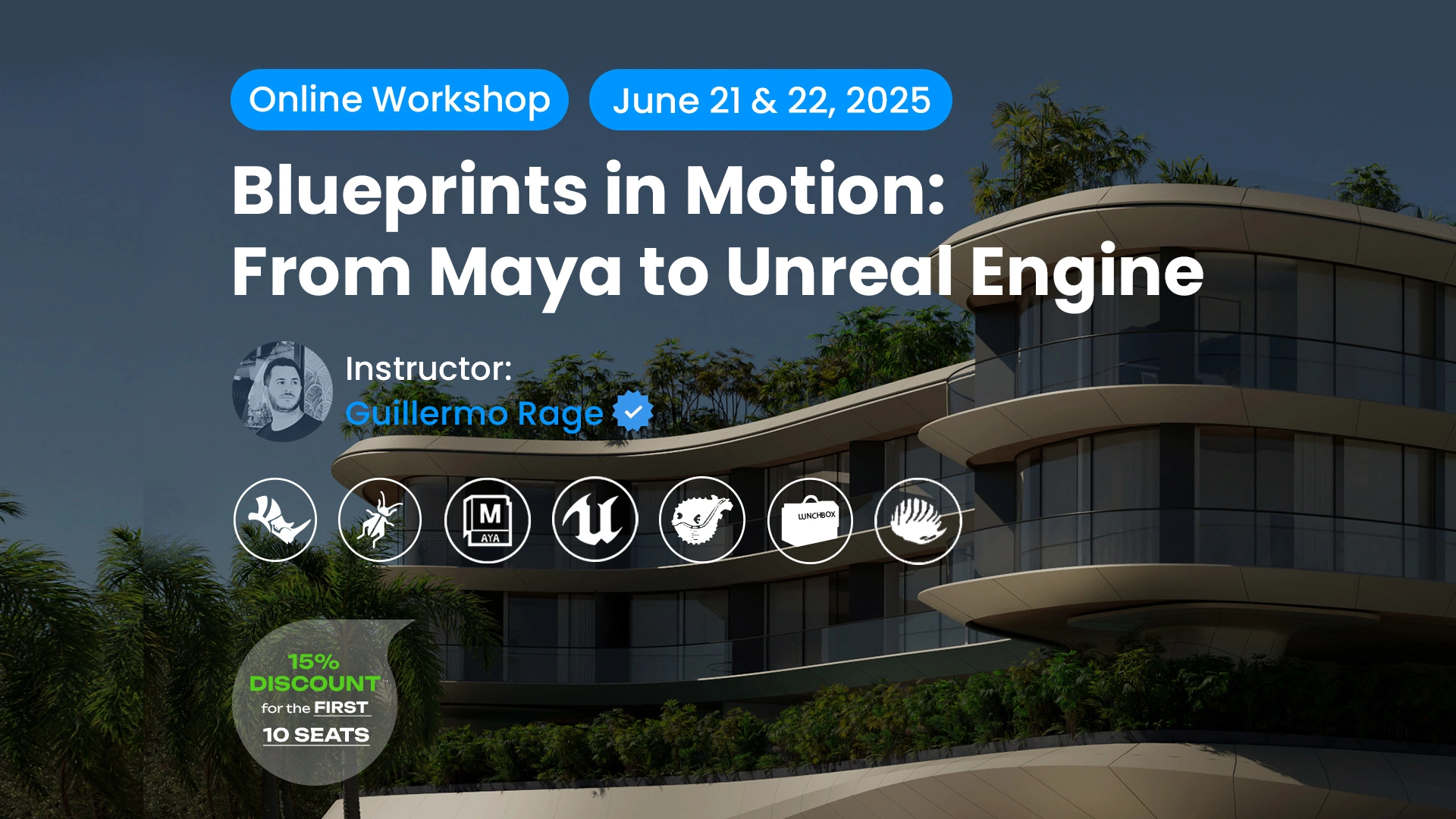












Leave a comment